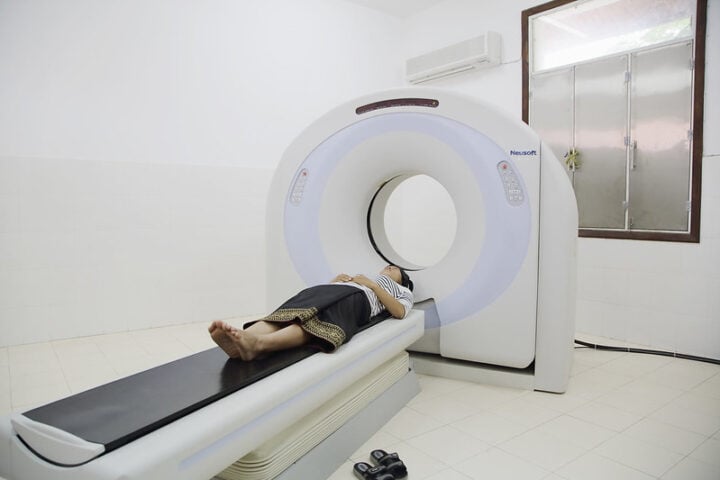Emergency rooms across California are filling up as this winter’s flu outbreak becomes one of the most severe in recent years. Schools across at least 10 states have temporarily closed classrooms due to outbreaks.
“We have been getting messages all day that our hospital is full to the brim,” says Dr. Peter Chin-Hong, an infectious disease expert at UCSF. In the Bay Area, more than 70% of respiratory virus tests are testing positive for influenza, outpacing the combined totals of RSV, COVID-19 and the common cold.
The numbers tell a concerning story. California’s flu test positivity rate has reached 27.8%, while other common winter illnesses like RSV (5%) and COVID-19 (2.4%) are much lower. This surge means many families are juggling sick days and trying to protect vulnerable family members.
The impact on children has been particularly severe. California has lost 10 young lives to flu this season, including three children in San Diego County. These losses highlight the severity of this year’s flu season. “These recent flu deaths among our youth are tragic and concerning as we head into what historically is the peak of flu season,” says Dr. Ankita Kadakia, San Diego County’s interim public health officer.
Current vaccination rates show a worrying trend. Less than half of children (44.5%) and adults (46%) have gotten their flu shots. This leaves many families vulnerable, especially those with young children or elderly relatives. The good news is that it’s not too late to get protected – the current vaccine works against all major flu strains circulating this season, though it takes about two weeks to become fully effective.
Similar Posts
The two main flu types this season, Influenza A and B, can cause fever, chills, coughing, headaches, muscle aches, and fatigue. Symptoms generally appear within one to four days of exposure, and people can be contagious for about a week. Getting medical help within 48 hours of symptoms starting means treatments like Tamiflu work better.
Simple steps can help protect families:
- Getting vaccinated remains the best defense
- Frequent hand washing
- Wearing masks in crowded indoor spaces
- Keeping sick family members home to avoid spreading the virus
The outbreak’s effects reach beyond individual households. Nationwide, over 20 million people have caught the flu this season, leading to 250,000 hospital stays and 11,000 deaths. Some school districts have temporarily closed due to high student and staff absences.
Dr. Chin-Hong points out a significant change this year: “Although COVID tends to disproportionately affect the very old, flu can cause children to get very ill and even die.” This marks the first time since the pandemic that flu has become California’s primary winter health concern.

Most states now report high or very high flu activity, with only Montana, Hawaii, and Alaska seeing low levels. With flu season expected to continue through May, health officials stress the importance of prevention, especially for families with school-age children or those caring for elderly relatives.
“This has been a particularly long and difficult flu season compared to recent years,” Dr. Kadakia warns, adding that the worst may still lie ahead. This warning underscores the importance of remaining vigilant and taking preventive measures as the season continues.


















